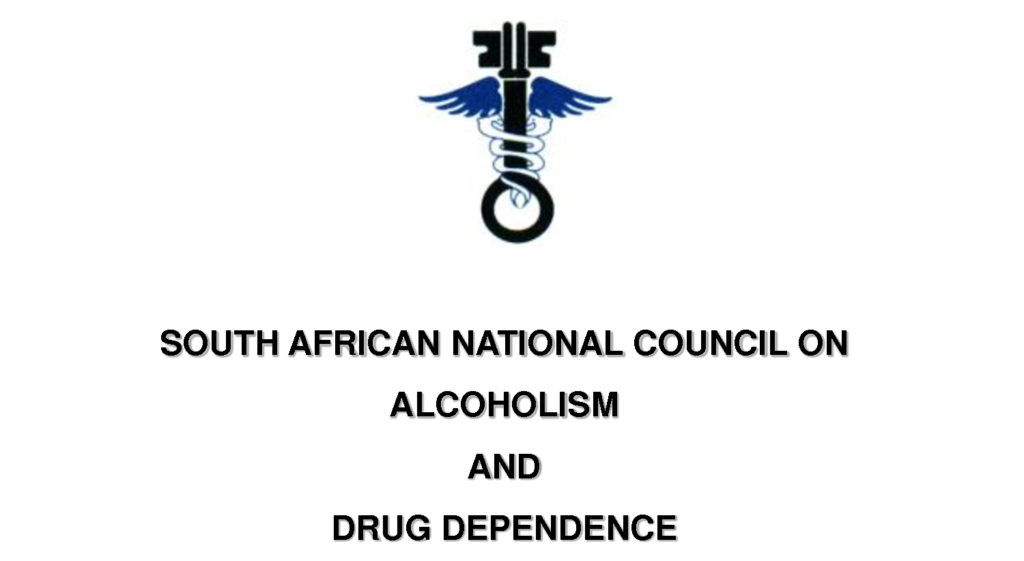The East London branch of SANCA has an extra burden following the closure, first, of the Grahamstown branch, then, earlier this year, the Port Elizabeth office. The Council provides different services in different parts of the country, explained senior social worker Rhiannon Bond.
“SANCA East London has four social workers and two auxiliary social workers who were allocated to service the entire Buffalo City Metro; now we have to do as much as we can for the whole of the Eastern Cape. Practically, that’s impossible, but we do our best to provide as comprehensive a service as we can to as many as we can, and we never turn clients away.”
SANCA East London has an inpatient treatment facility in addition to its outpatients treatment programme. Their auxiliary social workers make up a prevention team, and SANCA offers training to community based organisations so they can go out and do more specific work, Bond explains.
“We’ve had great success stories with clients and our awareness training is well received by communities.”
The Department of Social Development part-subsidises staff salaries, but the non-profit organisation has to charge fees to help cover its operational costs, and it relies heavily on donations.
“It’s so worrying that our government considers one facility enough to service such a large area,” Bond said.
What the numbers say
SACENDU – the South African Community Epidemiology Network on Drug Use http://www.mrc.ac.za/intramural-research-units/ATOD-sacendu provides information about drug use patterns through information from contributors.
It’s a project of the Medical Research Council’s Alcohol, Tobacco and Drug Research Unit. Contributors include Nadine Harker Burnhams, with data from eight Port Elizabeth treatment centres and SANCA East London. The local state rehabilitation facility, Fort England Hospital, is unfortunately not a contributor, but an overview of data from Port Elizabeth and East London from June to December 2017 shows some common trends that may be relevant for Grahamstown. The data is compared over four quarters: January-June 2016; July-December 2016; January-June 2017 and July-December 2017.
SANCA East London summarises their survey highlights as follows:
A greater proportion of patients who were white were in the older age category (56-plus)
- The average age has dropped, with 10-29 remaining the largest age category presenting for treatment.
- A decrease in the number of patients using tik and alcohol was noted. Of concern is the significant increase of mandrax and crack cocaine abuse.
- Dagga, dagga/mandrax mix and tik are currently the substances of choice for the under-19 age category.
- There has been a spike in heroin use among black clients and an increase in tik use in white clients.
- The state is currently the primary source of payment, followed by family and then medical aid.
Further highlights from the Port Elizabeth and East London data include that:
- Almost all patients are seeking treatment voluntarily.
- More than 70% are men in PE; more than 80% at SANCA in East London, where the number of female patients coming for treatment increased.
- In Port Elizabeth, most of those seeking treatment were white when records started in January 2015. Now, whites, blacks and coloureds make up the bulk of patients in almost equal numbers. Only 1.7% of those treated were South Africans of Indian origin.
- People with tertiary education made up around 60% of the number in Port Elizabeth and around 80% in East London.
- In PE, almost exactly half had full-time jobs. There, the percentage of school pupils and students treated more than doubled since 2016 – from 6% to 15%. In East London, only 19% of those being treated had full-time jobs – 41% were unemployed.
- In PE, the mean age decreased since January 2016 to 33. Alarmingly, 4.2% of those treated in that period were children between the ages of 10 and 14. The mean age has hovered between 30 and 25 in both centres. In East London, the biggest proportion of patients was between 15 and 29 – most 15-19.
- Alcohol (52.2%), dagga (23.7%) and tik (16.7%) are the most used substances in PE, followed by prescription or over the counter medication (5.7%). Most of those surveyed used their drug daily. Alcohol, dagga and tik are the most used substances for youth under 20. Figures are similar in East London, but with tik having the edge on dagga.
Famsa – filling the gap
Famsa Grahamstown (Families South Africa) has a case load of around 25 a month. Of those, 60% are directly linked to substance abuse, says acting director Siviwe Kula.
“But many of the other issues that people take home – domestic violence, financial problems – can be traced to substance abuse.”
Famsa works very closely with the courts.
On the prevention side, they are part of a Department of Social Development programme called Teenagers Against Drug Abuse. “There are definitely more teenagers than adults involved in substance abuse,” Siviwe says.
Each of their 25 cases a month entails a series of four to six sessions, up to an hour-and-a-half each and Kula is one of just two social workers at Famsa Grahamstown.
“As much as we don’t specialise in substance abuse, it’s an issue we deal with a lot,” says Kula. Like at Fort England Hospital, the help is free.
“It’s not easy to get into Fort England because there’s a waiting list and a process. We intervene in the meantime with counselling.”
http://www.grocotts.co.za/2018/08/15/getting-to-the-heart-of-it/


